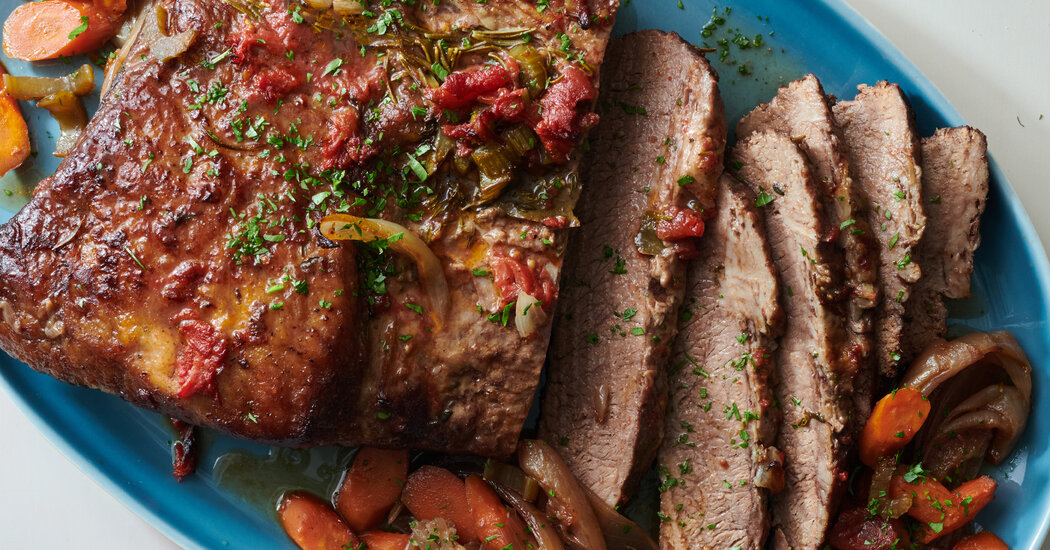
In 1980, my husband Allan and I hosted our first Passover Seder at our home.
There were about eight of us: my husband’s Uncle Henik, who had numbers from Auschwitz on his arm; my Polish in-laws who’d had to flee to the Soviet Union; a few friends; and my daughter, still a toddler, racing around making us all laugh.
We sipped wine from the silver bar mitzvah cup my father had brought from Bavaria, but the rest of the tradition came mostly from my husband’s family. In my more assimilated German family, we would have started the Seder with Manischewitz gefilte fish cut into small pieces with toothpicks and herring in cream sauce. But at this first Seder, where I learned how traditions are adapted, how each family creates their own, and the compromises of marriage, it was my husband’s Polish Jewish traditions: a platter of gefilte fish with carrots in the eyes, sweet Manischewitz.
At Passover, the Seder table becomes an altar. Each family’s voyage personalizes the holiday, bringing with it customs and culinary adaptations of recipes. As our world gets more fluid, tradition differentiates each of us, in a good way, from everyone else. And yet, sometimes traditions need freshening up.
Once a spring festival of rebirth in the desert, Passover goes back thousands of years and has always been a ganze production, a big deal, as my mother used to say. The original menu, as outlined in the Book of Exodus, consisted of maror, which we know as arugula and later came to represent the bitterness of enslavement; unleavened bread (matzo), round and baked in an open fire; and a whole lamb roasted before dawn. That’s it. No haroseth, no gefilte fish, no chicken soup, no matzo brittle.



